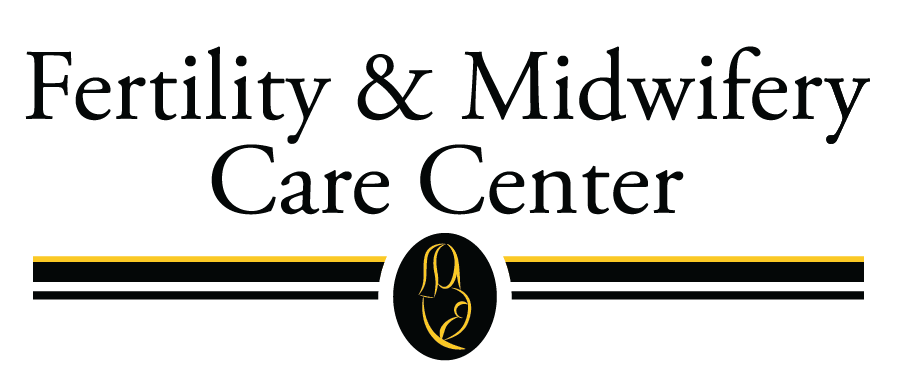What is Naltrexone?
Naltrexone is a licensed drug typically used to treat drug and alcohol dependency. It works by blocking opioid receptors in the brain and thereby effecting how the brain responds to alcohol and certain narcotic medication. Blocking these receptors also leads to a series of events that effects the immune system in numerous and complex ways. Recently Naltrexone in low doses has been recognized to help with healing certain chronic medical diseases such as Crohn’s disease (an inflammatory bowel condition), ulcerative colitis (also an inflammatory bowel condition) and others. Naltrexone is only available by prescription, usually filled at a compounding pharmacy.
What role may Naltrexone play in my gynecologic health?
Studies have indicated Naltrexone may have benefit at low doses in treating Premenstrual Syndrome (PMS), exercise or stress-associated absence of menstruation, Polycystic Ovarian Syndrome (PCOS), and endometriosis. It may also help with “tail end brown bleeding,” anxiety, poor sleep, and low mood.
What are possible side effects of Naltrexone?
The most common side effects of Naltrexone are vivid dreams, sleep disturbance, nausea (for the first 2 weeks usually), dizziness, headache, and mild dry mouth. If the side effects are significant enough that you want to stop the medication, we can instead prescribe a lower dose of Naltrexone and slowly increase to the preferred dose over several weeks.
What else do I need to know about Naltrexone?
Naltrexone should not be taken with opiod medications such as Morphine or Codeine. In addition, alcohol should not be consumed while taking Naltreoxone. Naltrexone should be discontinued 2 days prior to having surgery.
What dose of Naltrexone is typically used?
3-4.5mg of Naltrexone taken at night is a typical dose for the conditions we are treating. However, occasionally we will recommend higher doses of 25-50mg to treat certain conditions.
Is Naltrexone approved by the FDA?
Yes, for the treatment of narcotic and alcohol dependence, but it does not have an FDA approval for the treatment of endometriosis and polycystic ovarian syndrome, nor the other conditions mentioned above. Using the medication for these conditions is an example of, “Off label” prescribing. That is, using the mediation for a condition other than that which was used to obtain FDA approval. This is very commonly done in the practice of medicine. There is a body of research supporting the safe and effective use of Naltrexone for endometriosis, polycystic ovarian syndrome, and several other conditions for which it does not have FDA approval and this should not be cause for alarm.
Where can I find more information about the use of low dose Naltrexone?
LDN Research Trust is a great resource for learning more about the uses and benefits of low dose Naltrexone.
